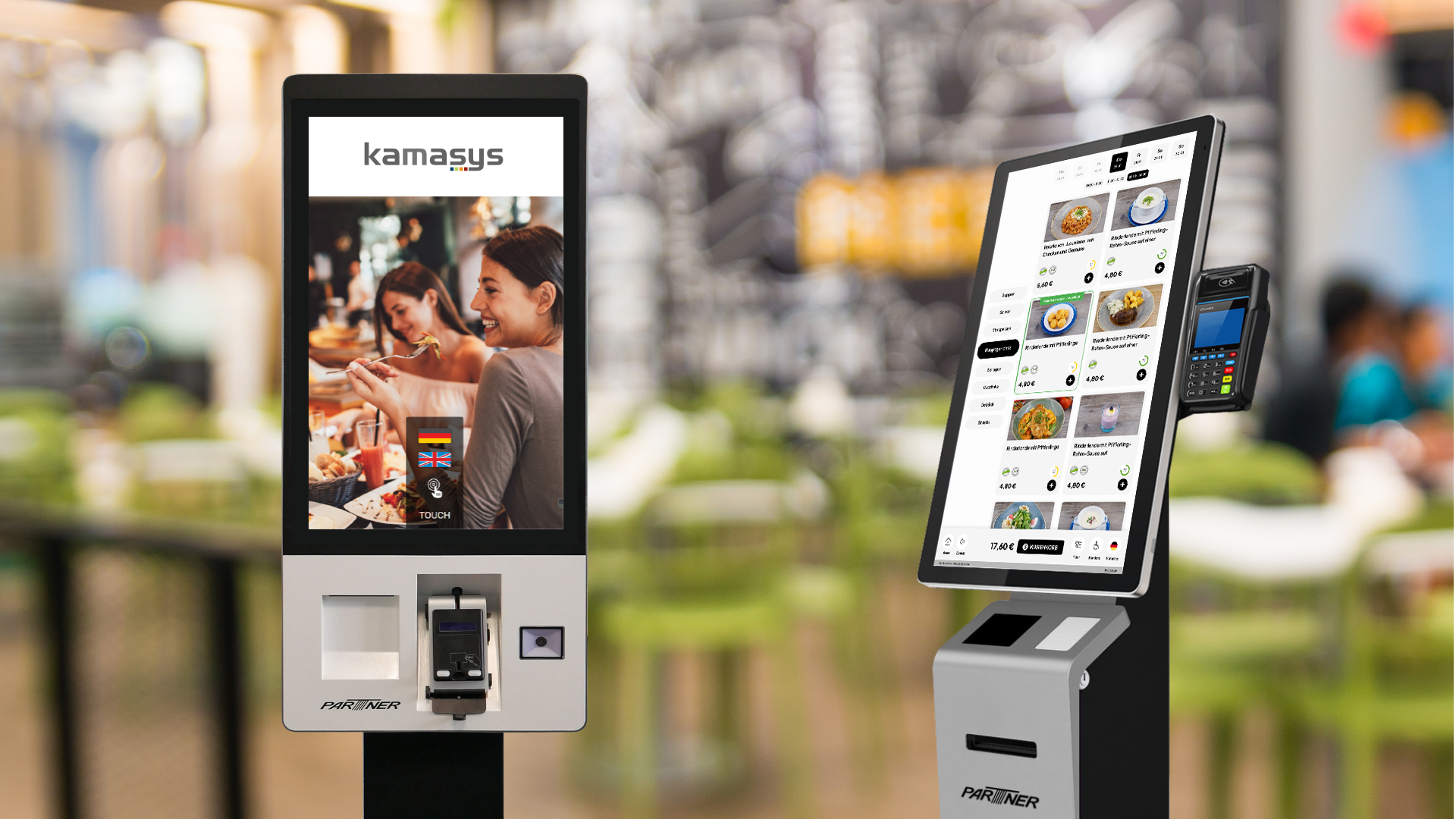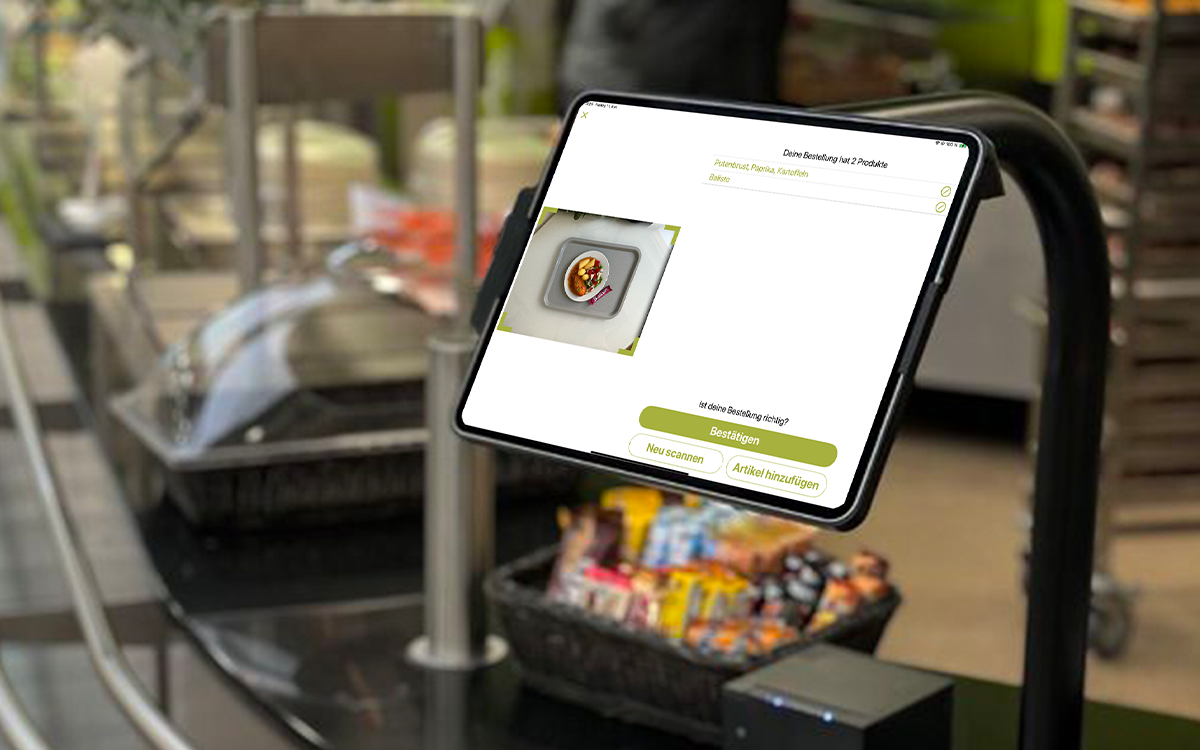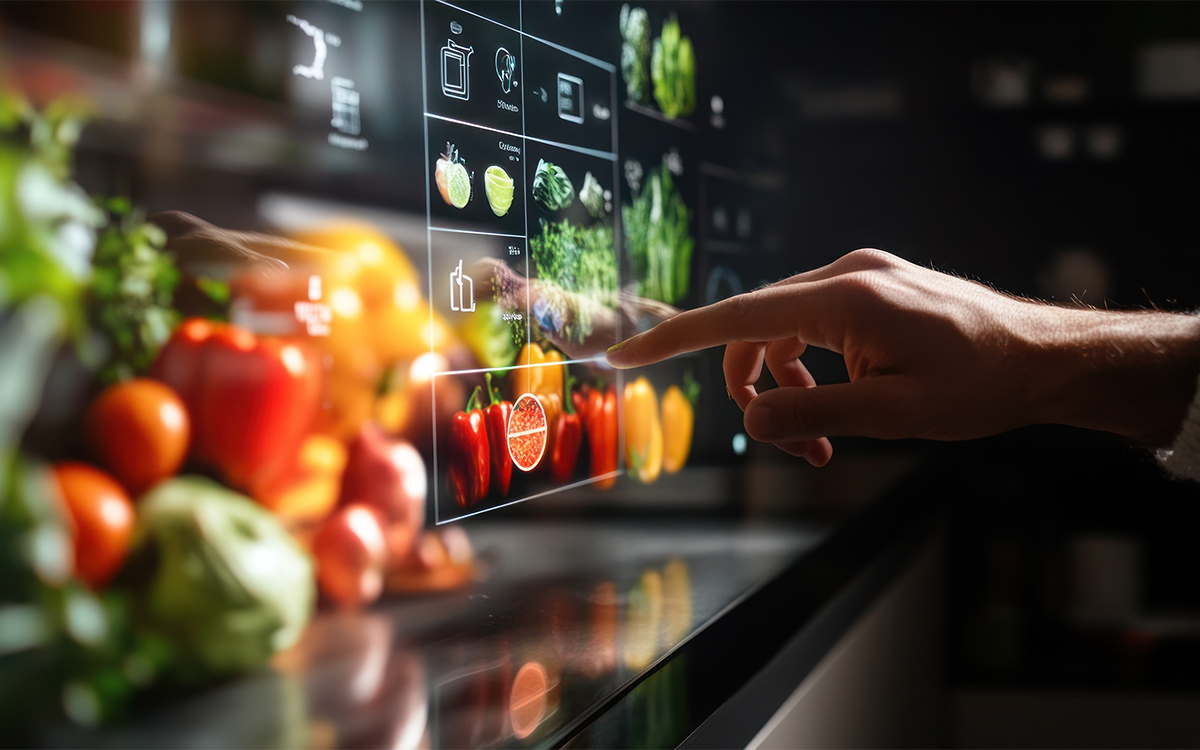Innovative technologies are playing an increasingly important role - also in communal catering. Driven by staff shortages, self-checkout systems are also becoming increasingly popular in company restaurants:
By allowing guests to pay independently, traditional operator checkouts become unnecessary and staff can concentrate on other day-to-day business tasks. By eliminating regular checkout stations, self-service checkouts also allow better use of space.
Functionality of self-checkout tills in communal catering
The basic idea of self-checkout tills is simple: customers can scan and pay for their products independently without the help of checkout staff. This process takes place in two steps:
- Product selection and scanning: Customers select the desired products and scan them themselves.
- Payment: Payment is made directly at the self-checkout or by smartphone, with various payment methods available.
This simple but effective method enables guests to complete their purchase quickly and easily: By saving time, more of the break remains and customer satisfaction increases.
Different cash register types
Various self-checkout tills are used in communal catering: these can be customized according to the needs and requirements on site. A distinction can be made between camera-based systems, predefined mini-checkouts and smartphone-based scanning systems.
- Camera-supported systems: With systems such as the plate scanner, food and drinks are automatically recognized by a camera within a very short time and booked into the system. Cashless payment then takes place. The fast recognition of food by camera significantly increases the checkout process. Among other things, this allows higher checkout throughputs and ensures more satisfied customers.
- Predefined mini-checkouts: One item can be sold per terminal. Guests only need to present their employee ID card. Optical or acoustic signals can be installed to alert guests and staff. Example: A guest queues at the counter for their desired dish and places their employee ID card on the card reader. If the booking is successful, a lamp lights up and the dish is served by the staff.
- Smartphone-based scanning systems: With this variant, the smartphone becomes a checkout using the Scan2Go app module. Guests scan the EAN code on the products with the Mittagstisch app, place them in the shopping cart and then pay directly in the app. If the product does not have an EAN code, separate codes can be generated. These can either be stuck onto the products or attached to the shelf for scanning.
Advantages of self-checkout in communal catering.
The use of self-checkout systems offers advantages for restaurateurs and guests. First and foremost, these include increased efficiency and reduced waiting times: self-checkout systems offer an efficient solution, particularly in the communal catering sector, where peak times can lead to long queues. Customers can complete their payment process independently and quickly, which significantly reduces waiting times.
In addition, resources can be used much more efficiently: On the one hand, self-checkout tills require less space, which has a positive effect on space planning; on the other hand, fewer to no checkout staff are required and the existing employees can be deployed elsewhere - a decisive advantage in times of staff shortages.
Conclusion: Self-checkouts as an important step for communal catering
The use of self-checkout tills in communal catering marks an important step towards efficiency, sustainability and guest satisfaction. The integration of this type of checkout offers significant benefits for both establishments and guests. The continuous development and integration of new functions will help to drive the digital transformation in mass catering and meet the changing needs of guests. However, user-friendliness is crucial: in company restaurants, self-checkouts are frequented by people of all age groups - the operation must be correspondingly simple.


